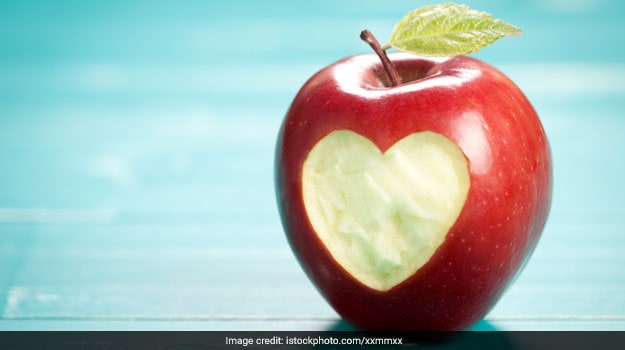
Eating the right food is one of the seven steps recommended by the American Heart Association for a healthy heart, and starting right away always works. For a hearty start to your day include these nutrients in your diet:
1. Fiber
Fiber is the number one nutrient for protection against heart diseases, actually it has so many benefits that you may say it helps keep you live longer. There are two types of fiber that we get from our food:
- Soluble fiber: It is the soft sticky stuff that absorbs water and forms a gel-like substance. It is found abundantly in oats, barley, beans, apples, citrus fruits and carrots. Soluble fiber binds to cholesterol and sugars preventing their absorption from the digestive tract. It helps reduce total cholesterol and LDL cholesterol while not impacting HDL.
- Insoluble fiber comes from whole grains, nuts, fruits and vegetables. It is often called “roughage” and it adds bulk to the body waste. Whole wheat flour, wheat bran, nuts, beans and vegetables, such as cauliflower, green beans and potatoes, are good sources of insoluble fiber.
Most fiber-rich foods have some of both and are immensely beneficial for preventing heart diseases. A study which compared the data from 10 studies on the connection between fiber intake and CHD risks, found that dietary fiber reduces the risks by improving blood lipid profiles, lowering BP, improving insulin sensitivity, reducing inflammation and helping maintain a healthy body weight. In addition, fiber-rich foods are good sources of nutrients, phytochemicals and antioxidants. Choose whole grainsdaily, and whole fruits and sprouted legumes for the morning meals. Nuts and seeds also add up to the fiber along with other goodness.
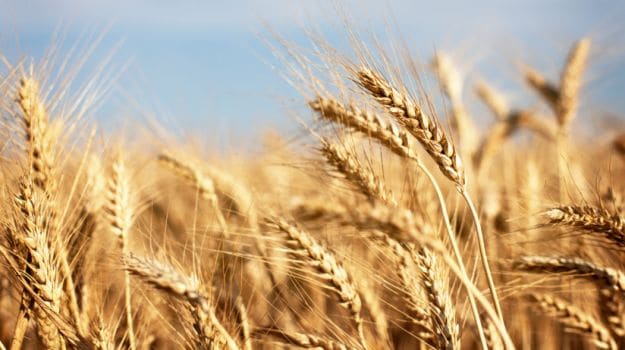
Fiber is the number one nutrient for protection against heart diseases; Image credit: Istock
2. Omega 3 Fatty Acids
Omega 3 fatty acids like eicopentaenoic acid (EPA) and docosahexaenoic acid (DHA) are known to be beneficial for heart health. They decrease inflammation, prevent blood clotting, lower LDL cholesterol and have a positive effect on the heart’s rhythm. Omega 3 cannot be made in our body and must be taken from our diet. EPA and DHA Omega 3 is abundant in fish like salmon and tuna. Alpha-linolenic acid (ALA) can be achieved from vegetarian sources like vegetable oils, walnuts, flaxseeds and flaxseed oil, and leafy vegetables are converted to EPA and DHA in the body.
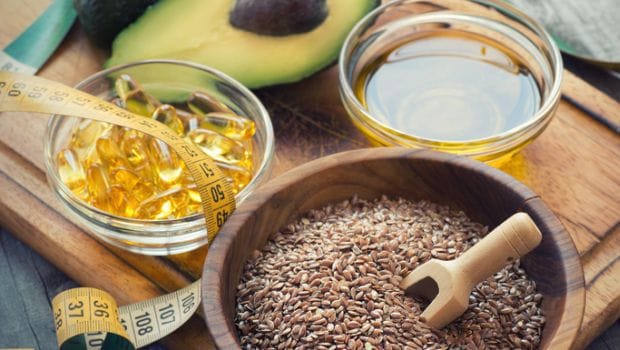
Omega 3 cannot be made in our body and must be taken from our diet; Image credit: Istock
3. Mono Unsaturated Fats
Also known as MUFA, they are healthy for the heart. Monounsaturated fats are known to lower LDL cholesterol and increase HDL cholesterol. They also provide raw material for helping the development and maintenance of our cells. By replacing saturated fats and trans fat with MUFA we choose health. Amongst the cooking oils, olive oil, canola oil, peanut oil, safflower oil and sesame oil are sources of MUFA. Other sources include nuts like almonds, peanuts, walnuts and avocados. These nuts also provide nutrients other than healthy oils that are heart protective too.
4. Folate
Homocysteine, an amino acid is linked to the hardening of the arteries, which is the chief cause of coronary artery diseases. Research has shown that B vitamins lower the levels of homocysteine and folic acid reduces the thickening of the arterial walls. A meta-analysis in the journal of Clinical Nutrition showed that folic acid lowers the risk of stroke 12% by lowering homocysteine levels in the blood and reducing artery wall thickening. Amaranth greens, spinach, mint, Bengal gram, green gram, black gram and soy are good sources of folic acid.
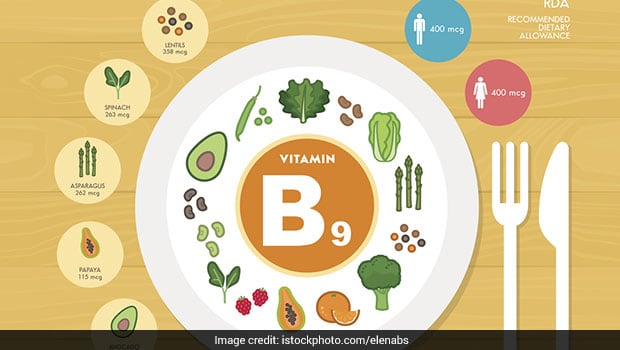
Folic acid reduces the thickening of the arterial walls
5. Quercetin
One of the reasons we say an apple a day keeps the doctor away is probably because apples are a great source of flavonoid quercetin. It is associated with anti-inflammatory properties and may lower the risk of plaque build-up, reducing BP and LDL cholesterol. Quercetin is also found in citrus fruits, onions, parsley, sage and tea.
6. Lycopene
It is an antioxidant that provides tomatoes its red colour. A number of clinical studies have established its protective role in lowering blood pressure and C reactive protein- a marker of cardiac inflammation.

Lycopene is an antioxidant that provides tomatoes its red colour; Image credit: Istock
7. Magnesium
This humble mineral is necessary for more than 300 biochemical reactions in the body. It helps maintain nerve and muscle function, keeps the heart rhythm steady and maintains BP among other functions. High intakes of magnesium are associated with a significantly lower risk of CVD and IHD. A study published in the American Journal of Clinical Nutrition recommends a higher intake of dietary sources rather than supplements. Whole grains, black beans, soy and tofu, almonds, pumpkin seeds, sesame seeds and spinach are some of the best sources of magnesium.
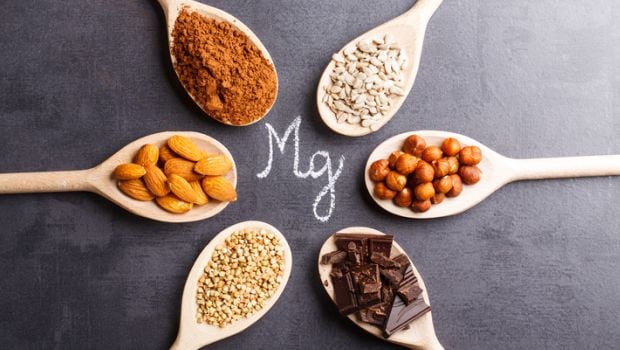
Magnesium is necessary for more than 300 biochemical reactions in the body; Image credit: Istock
8. Plant Sterols and Stanols
They are phytosterols, naturally occurring plant compounds that resemble the chemical structure of cholesterol. When ingested, they compete with cholesterol, thereby limiting the amount of cholesterol your body can absorb. National Cholesterol Education Program’s Adult Treatment Panel III (ATP III) says, “Daily intakes of two to three grams of plant sterol/stanol esters will reduce LDL cholesterol by six to 15 percent. Wheat germ, wheat bran, peanuts, vegetable oils (corn, sesame, canola and olive oil), almonds and Brussels sprouts contain plant stanols and sterols. These are not sufficient to meet daily needs of the body, however these small amounts as a part of a healthy diet will add some benefits.”
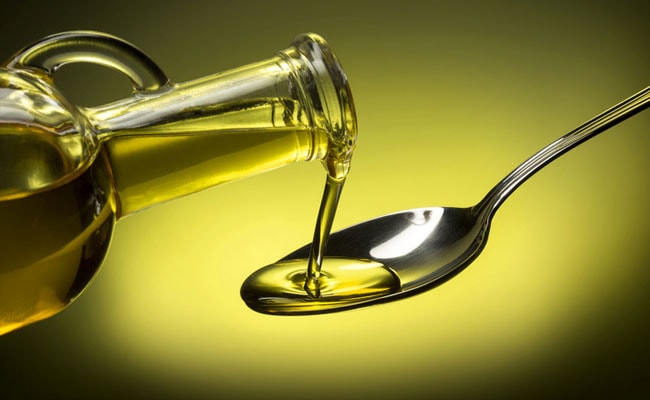
Image credit: Istock
Include foods rich in these nutrients in all your meals, but by eating right at breakfast you get a healthy start and get to achieve your daily health goals easily.
[“source=food.ndtv”]










